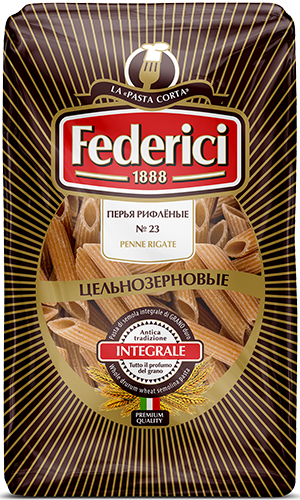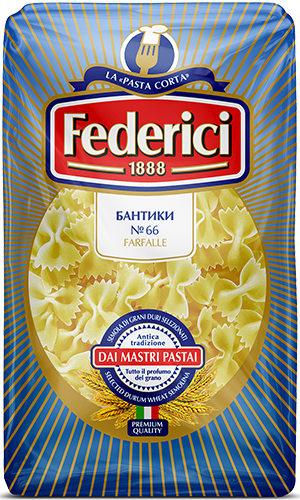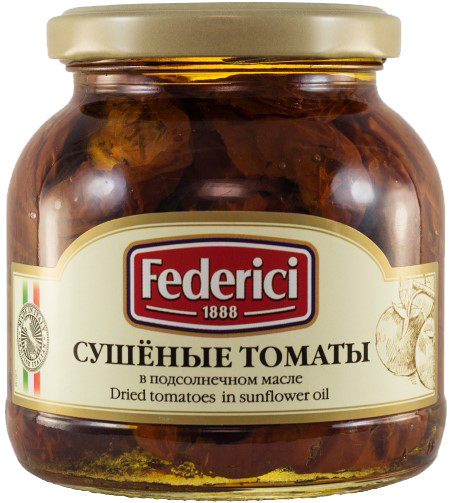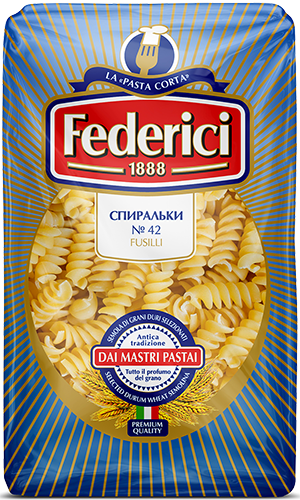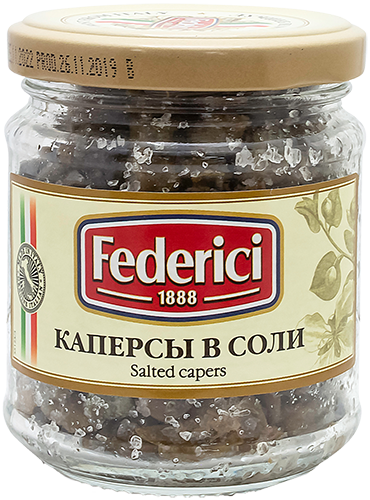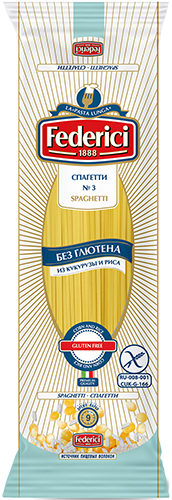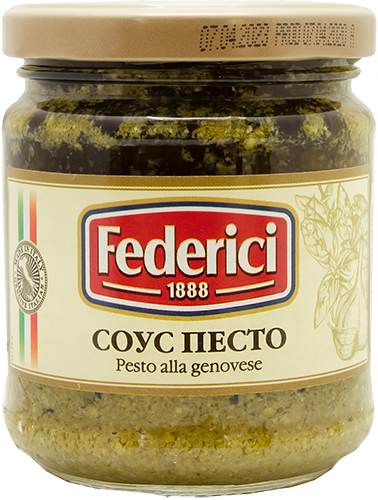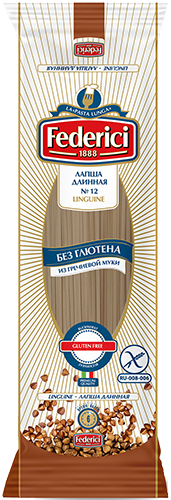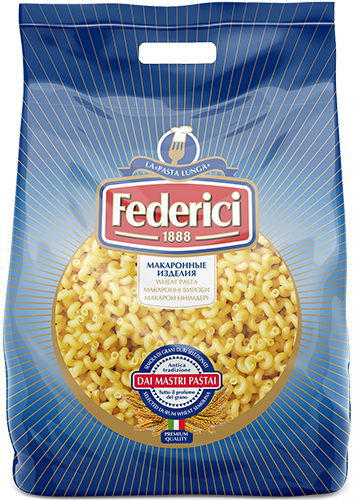


In Italy, even without knowing a single word in the local language, it is enough to say “pasta” and those around you will instantly understand and smile. Italy holds the record for this tasty and nutritious product. Pasta – in translation it sounds like “dough”, and is a type of pasta made from dried or freshly prepared dough. It differs from ordinary pasta in cooking methods, serving and traditions.
Let’s try to figure out what is the secret of traditional Italian food, which has long and firmly won world fame and love.
The history of pasta
Historians offer different versions of the appearance of a nutritious product. Some argue that the traveler Marco Polo brought dry pieces of dough to the Italian shores from China. Other researchers offer to thank the ancient Romans. It is known that they deftly kneaded elastic dough from flour and water. Then the resulting layer was rolled out, cut into strips and baked in an oven.
According to the third option, Persia became the birthplace of pasta. And the first to dry edible products came up with the Arabs. So sailors had the opportunity to take food with them on long journeys. Thanks to itinerant merchants, pasta spread throughout the world and won universal love.
The Italians themselves laugh and claim that pasta appeared as soon as the ancient people harvested the first crop of cereals. Mixing flour and water, they tore off pieces of dough and threw them into boiling water. And one of the old pasta recipes from the Sicilian chef Corno, who lived in the 11th century, has come down to our days. In the cookbook, he advised to boil pasta in water with the addition of almond milk. The seasoning was a sauce made from sweet roots.
How to choose Italian pasta?
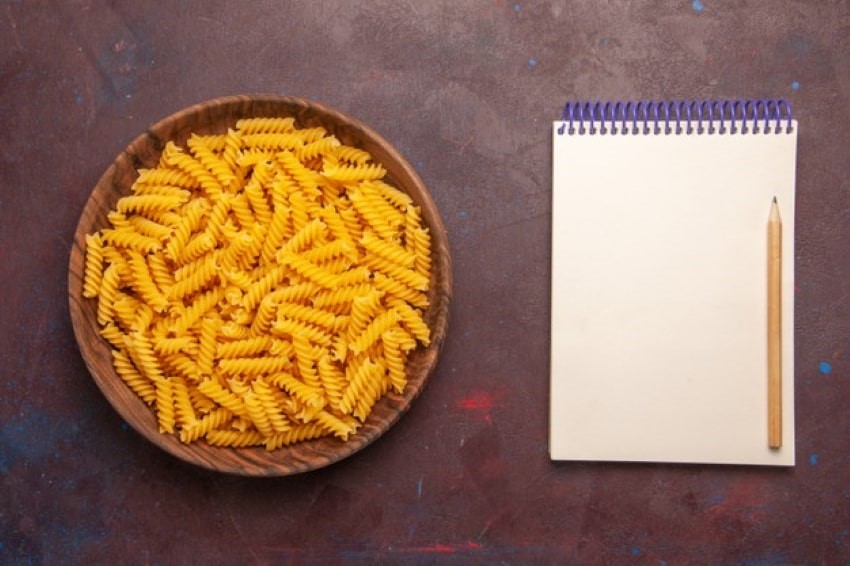
Is there a difference between inexpensive pasta and Italian pasta? Yes, the differences are undeniable. Good quality pasta is firm, non-sticky and not too pliable when cooked. During the cooking process, it does not boil soft and at the same time absorbs the sauce well. Pasta is divided into two types:
- dry
- fresh
Dry Italian pasta is made only from durum wheat and water. But fresh pasta is made, on the contrary, from soft flour with the addition of fresh eggs. Therefore, choosing the latter option, it is recommended to pay attention to the appearance and expiration date. All pasta in a pack should be dense and pleasant in color and touch. The quality of the finished product is influenced by the type of flour, the kneading process, drying and other nutritional characteristics.
Types of Italian pasta
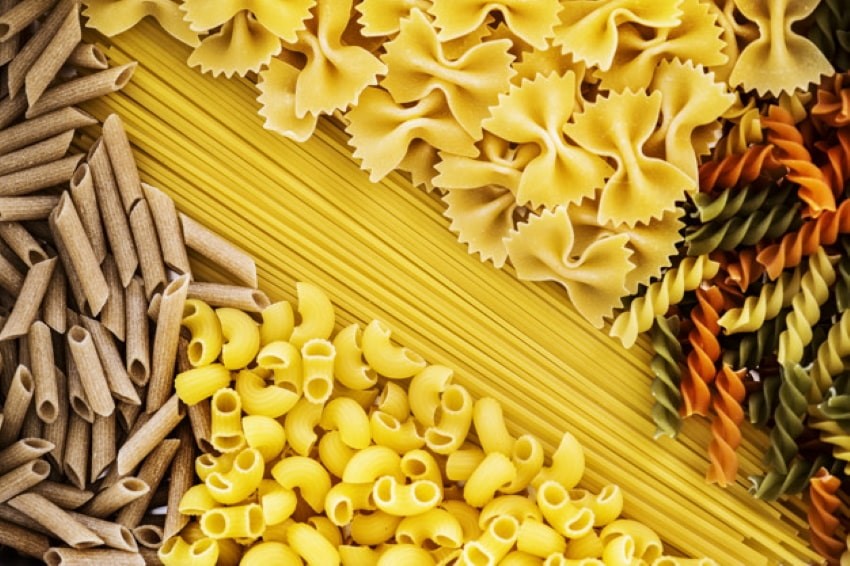
The Italians carefully preserve the centuries-old traditions of their ancestors, this guarantees the excellent quality of the product. There are more than three hundred types of Italian pastas. Let’s name the most popular:
- Campanelle – thick short pasta in the form of lilies. Good with thick meat or cheese sauce. Often used in salads.
- Cannelloni are sheets of pasta that roll up on their own. Pre-filled with meat and cheese filling. Then pour the sauce and send it to the oven.
- Casarecce – look like small folded sheets of paper. Pairs well with vegetable sauces or seafood.
- Conchiglie – reminiscent of the shape of the inhabitants of the seas and oceans. Delicious with any additions, and large conchiglie are ideal for stuffing.
- Capellini – resemble hair, so thin and long. Cooked for just a few minutes and served with seafood or light sauces.
- Tagliatelle – flat and long spaghetti with a rough surface. Thanks to these qualities, thick meat sauce is easily retained.
- Ravioli – is a type of dumplings stuffed with meat, vegetable, fish or cheese. Made from unleavened dough and fried in oil. In medieval times, ravioli were stuffed with soft cheese and turnip leaves.
- Orzo – small dough products in the form of rice grains. Often used to make soup.
- Lasagne pasta – layers of dough, shifted with filling.
- Cavatelli – made from wholemeal flour in the form of small oblong buns. Good as a stew with pork and tomatoes.
How to cook Italian pasta
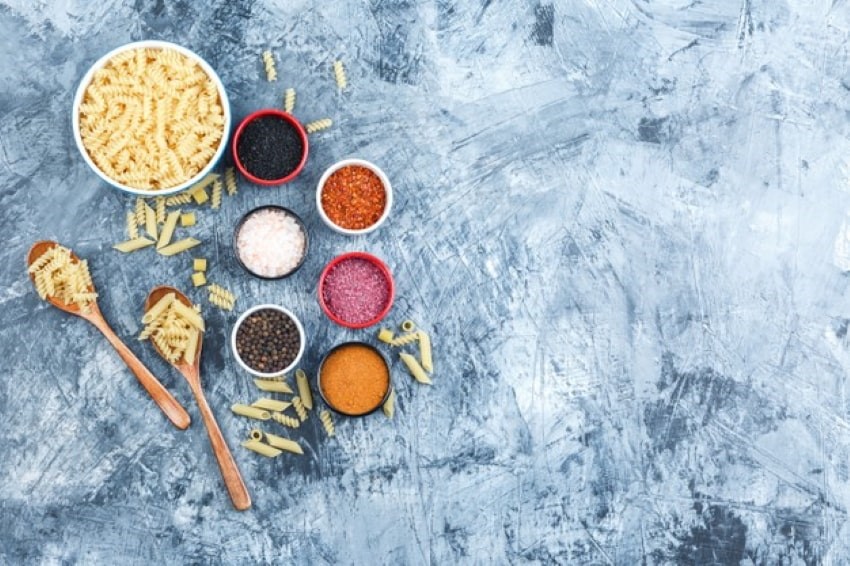
In most cases, Italian cuisine recipes are easy to repeat even in the simplest kitchen. And with the right approach, pasta dishes are of the highest quality with excellent taste. The secret lies in the fact that the pasta is ideally combined with many ingredients: cheese, meat, vegetables, seafood.
For those who decide to get acquainted with pasta for the first time, we offer a simple recipe. For the first time, universal egg or durum wheat pasta in the form of short sticks is suitable.
We put a pot of water on the fire. The ratio of products and water is 1:7. As soon as the water boils, put a portion of the pasta in a container and cook for 8-10 minutes. By the way, the manufacturer indicates the cooking time on the package.
At the same time, prepare tomato sauce. You will need the following ingredients:
- Fresh tomatoes – 350 g
- Garlic – 2-3 cloves
- Basil and parsley
- Olive oil – 3 tbsp.
- Sugar – 0.5 tbsp.
- Salt and pepper
Tomatoes are peeled and chopped with a blender. Finely chop the herbs and garlic, fry in a pan and add to the tomato mixture. Then put the mixture on the stove and cook over low heat until thickened. While cooking, add the rest of the ingredients.
Divide the pasta into bowls. Add tomato sauce to each serving and sprinkle with grated cheese and herbs on top. The main thing to remember is that it is better to try the pasta immediately while hot. When reheated, it will lose half of its nutritional properties and will not be as tasty.
Pasta nutritional value
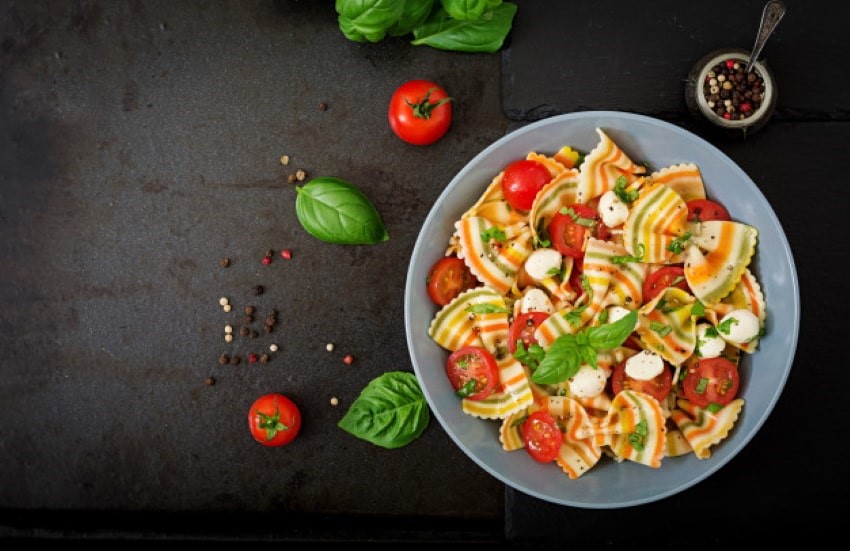
The nutritional value of pasta depends on the type of flour. Nutritionists say that the carbohydrates found in Italian pasta are especially beneficial for those who want to lose weight. The secret is that the fiber in the pasta is poorly absorbed by the body, but perfectly satisfies hunger. On average, 100 grams of products account for 350 Kcal. They do not pose a threat to our health and are completely harmless to the body. Indeed, you can use Italian products at least every day and still not gain weight.
Another question is whether all the ingredients are useful, which are served as a side dish for pasta. So, tomatoes with minced meat in combination with a thick creamy sauce can increase the influx of calories. To avoid overeating and discomfort in the stomach, follow these rules:
- 100 grams of pasta is enough for one serving.
- ingredients in the sauce can be replaced with light components, for example, remove heavy cream, pork, etc.
- vegetables and herbs will make the taste brighter, and dinner no less satisfying than with the addition of meat.
Our products
Мы стремимся предложить Вам наилучший сервис при работе с нашим сайтом. Для этого мы собираем и храним информацию о Вашем посещении сайта. Так называемые cookies. Файлы cookies не собирают и не хранят никакую личную информацию о Вас. Используя этот сайт, Вы даете согласие на использование cookies. На данном этапе Вы можете отказаться от использования cookies, настроив необходимые параметры в своем браузере.
